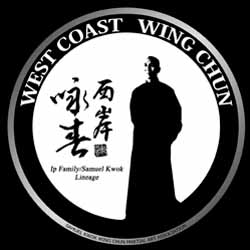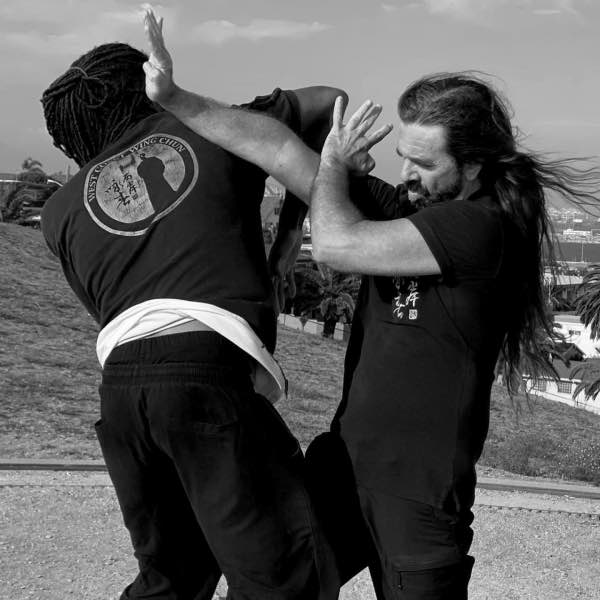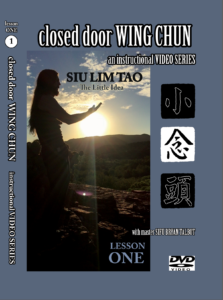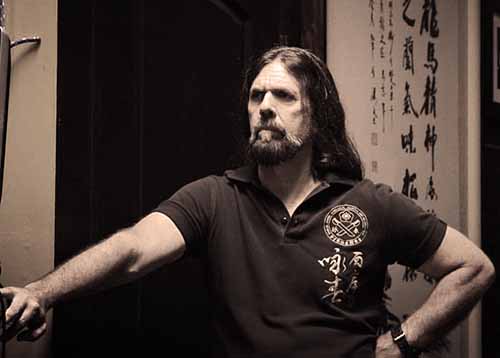Why is Wing Chun so Powerful?
Wing Chun, a distinctive martial art form, often raises the question, “Why is Wing Chun so powerful?” Its potency stems from an ingenious blend of soft (relaxed) and hard energies, an optimized understanding of human anatomical structures and alignment, and a strategic approach towards the use of vectors and angles.The power unleashed through Wing Chun is intense and highly effective, which we will explore in this blog post.
5 Reasons Why Wing Chun is so Powerful
Use of Soft and Hard Energies
In Wing Chun, these contrasting powers join forces to create a formidable force. The soft energy, adaptable and receptive, allows for a relaxed and flexible response to an opponent’s movements. When practitioners deliver strikes with this relaxed energy, it causes internal damage, a subtle but crucial aspect that sets Wing Chun apart and significantly magnifies its power.
On the other hand, hard energy refers to the execution of powerful and focused strikes through the use of last moment tension.
Fa Jing: The Explosive Force
Fa Jing, germane to the practice of Wing Chun, is a powerful force brought to life by the harmonic blend of these relaxed and hard energies along with the element of internal power or “ging”. Applying proper alignment and body mechanics, Wing Chun practitioners turn this trifecta into a powerful and effective offensive tool.
Structure and Alignment: An Anatomical Approach
The power of Wing Chun also resonates in its smart adoption of human anatomy in defining its techniques. This focus on natural alignment and structure synergizes with the kinetic force to maximize effectiveness. This means minimum effort for maximum output, a defining strategy that makes Wing Chun so powerful.
Mastery of Vectors and Angles
The adept application of vectors and angles plays a significant role in understanding Wing Chun’s power. Here, the ‘Centerline Theory’ reigns supreme, ensuring the protection of a practitioner’s vital points while maintaining a continuous threat to the opponent. Moreover, angles are tactically used to strike or deflect blows with minimum expenditure of energy and maximum power. Importantly, “power is generated from the heels”, as per the old saying, and vectors are crucial tools in leveraging this ground-linked power successfully.
Linear, Rotational and Internal Forces
In great part, Wing Chun is so powerful because of the harmonious fusion of linear, rotational and internal forces. By seamlessly integrating these forces, through simple movements such as stepping or rotational force of the hips, a practitioner can not only increase his own power, but can make use of his opponent’s power returning it to him exponentially–all from a position of minimal effort but maximum impact
In conclusion, the question often asked, “Why is Wing Chun so powerful?” finds its answer in the intelligent fusion of contrasting energies, an in-depth understanding of human anatomy, and the strategic implementation of vectors and angles. All these components fairly contribute to the power and real-world effectiveness of Wing Chun. Its unique strength doesn’t just reside in outward energy or speed, but in the masterful blend of these elements that gives Wing Chun its inherent power. This optimized and efficient use of resources and techniques underlines why Wing Chun is so powerful, particularly in real-world combat situations.




